Neigh-sayers: How ATC members turned down $5b and cost Sydney 25,000 homes
Members had the chance to sell Rosehill Gardens racecourse for $5 billion and secure the Australian Turf Club’s financial future. These numbers reveal the true cost of that call.
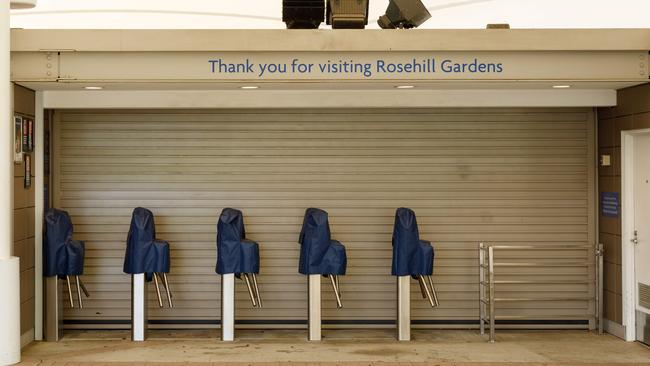
NSW
Don't miss out on the headlines from NSW. Followed categories will be added to My News.
The numbers don’t lie. Horse racing, the sport of kings, wears a fading crown as attendances, membership and wagering turnover all trend south.
Dive deeper into Australian Turf Club data and even more disturbing insights are revealed about Sydney’s so-called rusted on racing community.
As the ATC confirmed to The Saturday Telegraph, one third of the Club’s 11,400 members did not set foot on a racecourse last year.
Another third turned up to the track no more than twice.
Against this backdrop of apathy, disinterest, or simply a watch-from-home mentality came a “once in a generation” opportunity for the industry.

The ATC had the chance to sell Rosehill Gardens for $5 billion.
In the process, the Club could secure its financial future and open the door to 25,000 homes being developed on the site to help ease Sydney’s housing crisis.
On face value, a no-brainer. Do the right thing for the state and be rewarded with a pot of gold.
But the card-carrying ATC cohort, with the future of a Sydney mini-city in its collective hands this week, fell off the horse.
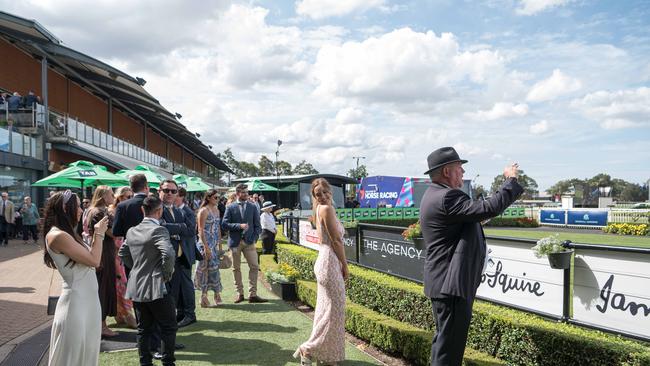
A yes vote to the “sell Rosehill” proposal on Tuesday should have been past the post before it left the barrier.
Rosehill is an attendance desert. In the past 11 years, its crowd numbers have shrunk by more than 50 per cent.
The average crowd at the home of the Golden Slipper is now a meagre 3000 per meeting, with a healthy number of general admission punters among them.
As a racing insider told this masthead, headquarters at Royal Randwick remains an attraction for members and casual punters with races like The Everest drawing a younger demographic and a new era of racegoers.
The key, he said, is converting them to membership over time, especially when one in five of current members is over the age of 70, and two thirds are 50-plus.
The Everest, the brainchild of Racing NSW CEO Peter V’landys, pulled a record crowd last year, a sellout of 49,117, with tickets exhausted two days before the race.
By comparison, the total attendance for almost 30 meetings at Rosehill was a paltry 95,310.
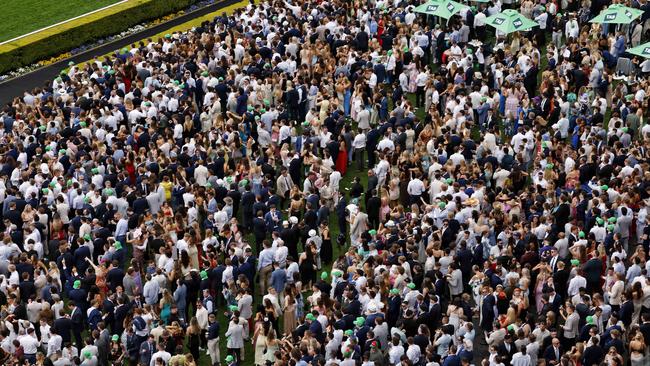
A look at the ATC demographics shows Sydney’s eastern suburbs are home to 19 per cent of members. Eleven per cent live on the north shore, and nine per cent in St George and the Sutherland Shire.
The Parramatta-Hills District, the outer western suburbs and the southwestern suburbs each have just five per cent of the ATC membership.
“Put it all together and the glory days for Rosehill have passed,” said another member of the racing family who spoke on condition of anonymity.
Even the “first lady of racing” Gai Waterhouse, whose father TJ Smith had his greatest training moments at the track, has not been seen at Rosehill since the Covid pandemic.
Yet ATC members didn’t take up the chance to sell Rosehill, rebuild the Warwick Farm track, and have billions in the bank when the club’s balance sheet currently is drowning in red ink.
The source believed the ‘no’ vote “risked the financial future of the ATC” and “the chance for young people to buy a house”.
“It has also impacted the increased opportunities young people in our industry would have had if billions of dollars had come to the sport,” they added.
The Save Rosehill Group drove the campaign to vote down the proposal.
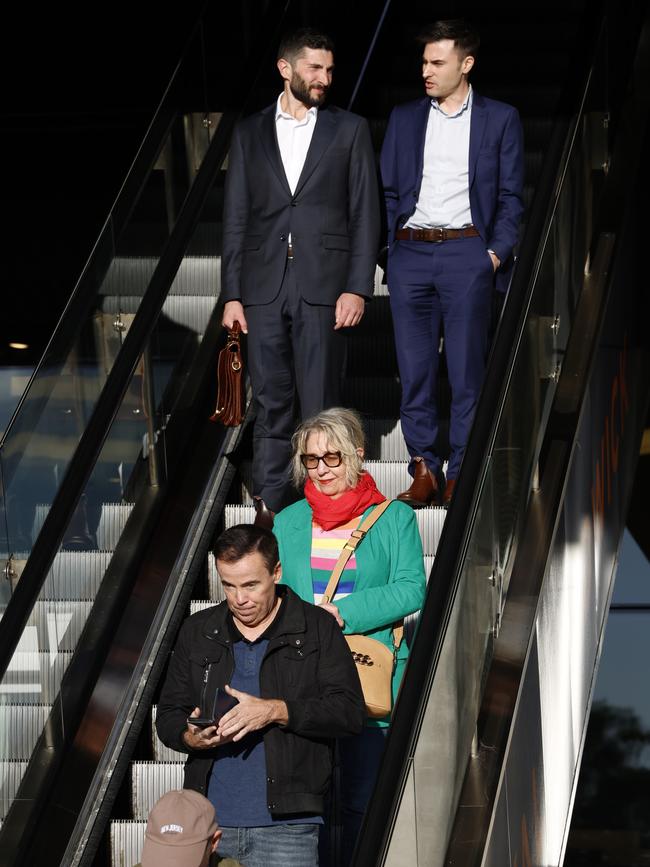
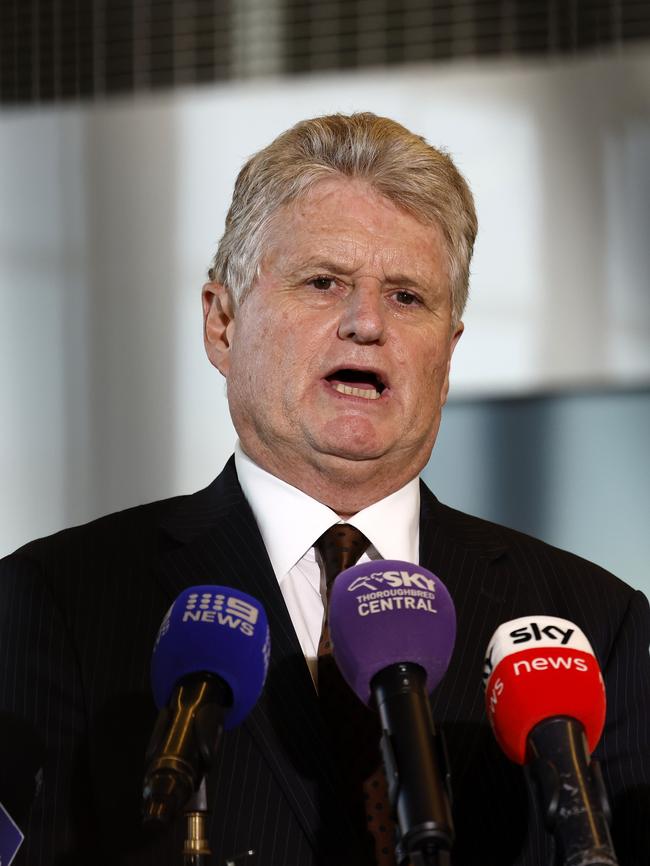
They had on board high-profile industry figures including trainers Waterhouse and Chris Waller, and Victorian Racing Club (VRC) directors Neil Werrett and Vin Cox.
Waterhouse is also an ambassador of the VRC, a rival to the ATC.
The Daily Telegraph approached Cox ahead of the vote and asked whether he saw any conflict between being on the VRC Board – given its charter is to drive the success of Victorian racing – and having a stance on the Rosehill sale.
Cox replied: “No.”
While in the process of asking Cox whether the VRC might be impacted if the ATC benefited from a $5 billion windfall, he interrupted to say: “You’re trying to put words in my mouth and I’m not prepared to talk to The Daily Telegraph”.
ATC Chairman Peter McGauran cut a disappointed figure in the aftermath of the failed vote. He said the unimproved land value of Rosehill was $27.5 million.
A $5 billion sale price represented 128 times that value.
McGauran admitted it would have been for racing “the one Alan Bond you get in your life”, to paraphrase Kerry Packer.
“We will have to have all the good judgment and wisdom to prosper as a race club into the future,” McGauran said. “The funding would have transformed the Sydney scene for the next 100 years.
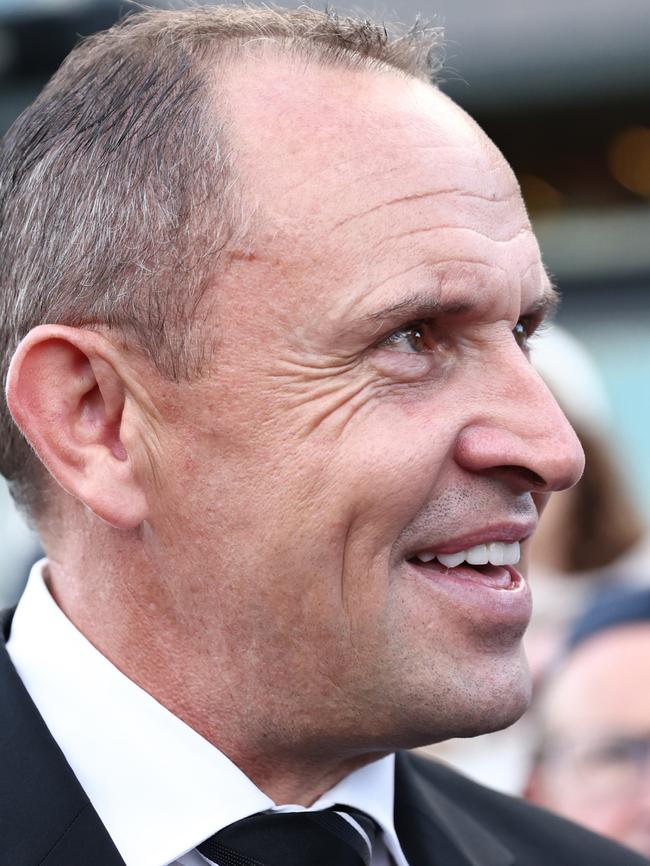
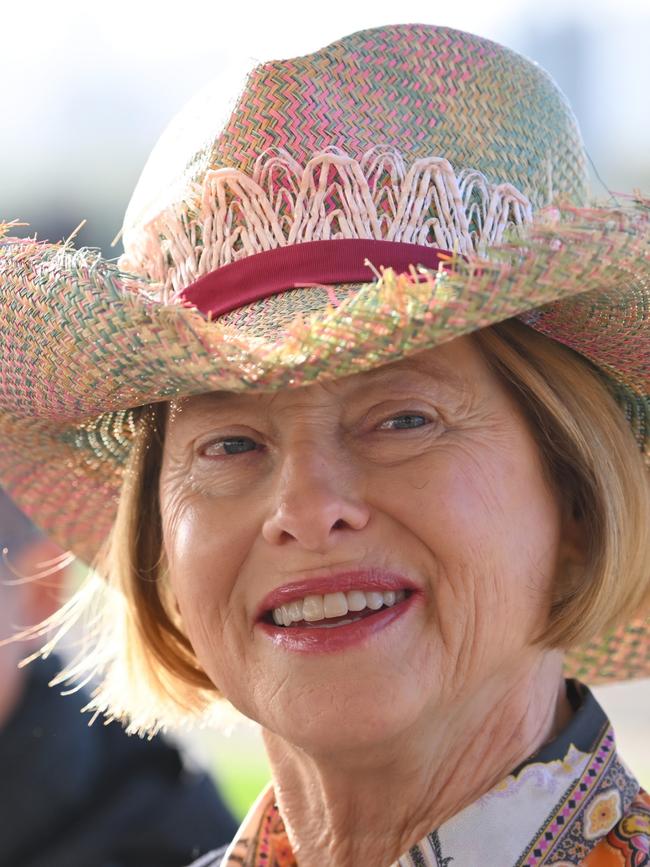
“I saw it as an opportunity and a necessity … in the face of declining attendances, declining membership … a wagering downturn. We’ve lost 4000 members in five years.
“Racing is not the dominant nor the cultural pursuit that it once was. It had a hold on young people and many Australians saw it as one of their prime recreations. That’s not the case now.
“There is a turning of the social tide about competitive animal sports, and racing is not excluded. There is a need for racing people to get a reality jolt.
“Much of this debate was influenced by the racing establishment who have (already) made their fortunes from racing.”
In the end, McGauran would agree. The numbers don’t lie. An ATC membership of 11,400 is anaemic alongside those of Sydney’s nine NRL clubs. They boast a combined membership of 195,000, led by South Sydney with just under 30,000.
In AFL, The Sydney Swans have 73,000 members and Greater Western Sydney 36,000.
But the most important figure is 25,000 – the number of houses that won’t materialise because ATC members refused to sell a racecourse they never visit.




